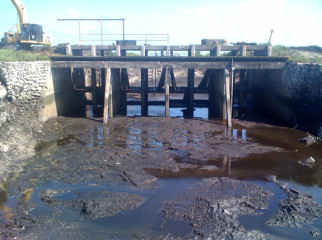Timing
Mon - Fri 9:00AM - 5:00PM Sun - CLOSED
Email Us Now

Modeling Climate Change Effects on Water Resources and Engineering Requirements

Modeling Parameters
Modeling software is basically one of the tools that a civil engineer can run into as aid to generate design parameters. One of them, HEC-RAS, for example considers hydrology design in order to provide initial sections for spillway, ditch, or trenches. Of course, anybody can just place a parameter without adequate considerations, leading to a questionable scheme later on.
For a proper lead, it is therefore important that the following storm water and hydraulic engineering parameters be used:
– RIDF Data. RIDF stands for Rainfall-Intensity-Duration-Frequency. One can obtain such information from the respective government agency that monitors weather conditions. As an alternative, field test that uses rainfall gauges and weather charts can be used though this requires validity and site-specification.
– Design Return Period. Basically, this would determine the capability of the drainage design to cope up with the climate change. From the RIDF data, a specific return period can be used and further analyzed in order to come up with the most economical sections for the canals and/or spillways. One false consideration could lead to hydrological problems such as flooding, spillway overflowing, and devastation.
– Empirical and Observed Maximum Flood Levels. Sometimes, the empirical and observed flood levels would have high percentage differences. Depending on judgment, the one with the higher value is initially considered and further increased to allow climate change factors to play in. The rule of thumb that water traverses downstream should always be in check and could possibly be thwarted as backflows during these occurrences.
Achieving Long Term Solution and Use
Economically, it is not safe to assume that a 100-year return period storm be used at all times as it generates bigger cross sections and would become economical later on. The best way to reach this solution is to look at the topography and consider the future developments it would encounter. It was observed as well that further civilization leads to increase in flooding problems. Therefore, the only option which one can use is to ensure maintenance works are regularly done to ensure that the design return period and maximum flood level is always served.
Request Estimate
- Required Fields